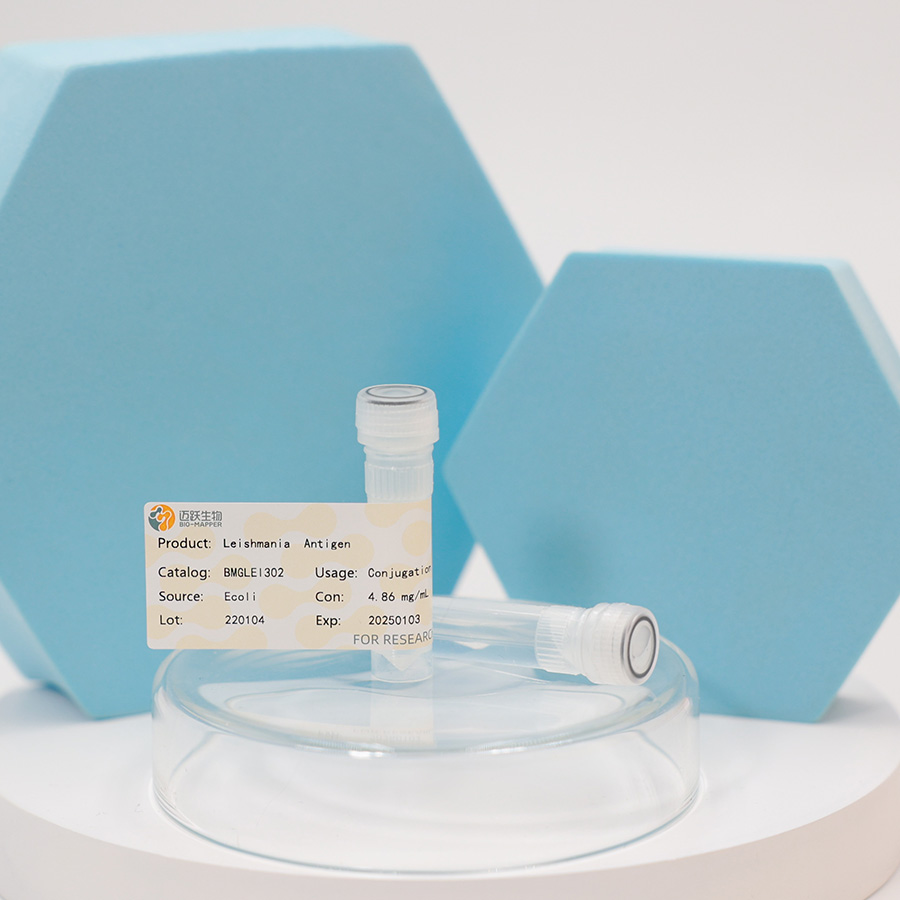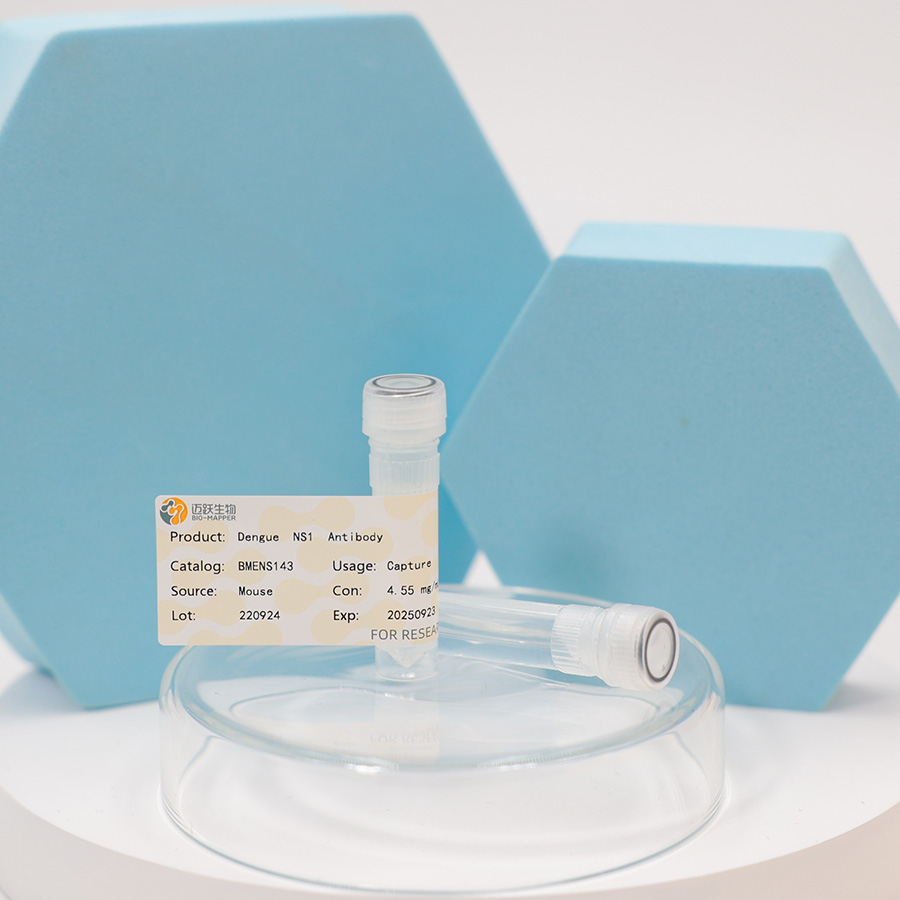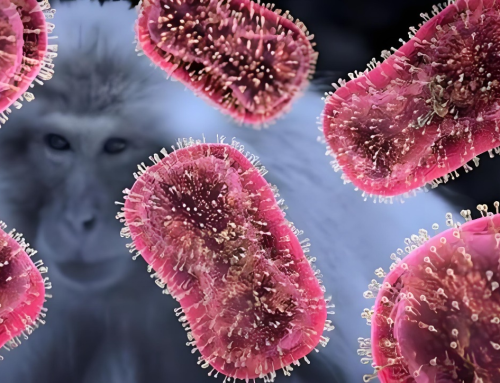Worldwide, patients with rare diseases are faced with three major problems: difficult diagnosis, difficult treatment and difficult security. In order to raise public awareness of Rare diseases and encourage global collaboration and research, the United Nations General Assembly has designated 29 February as International Rare Disease Day since 2009. The theme for 2024 is “Focusing on Innovative treatments and global collaboration”, which aims to promote scientific research and international collaboration in the field of rare diseases and bring new hope to patients.
This year, on International Rare Disease Day, the World Health Organization (WHO) released a report noting that while significant progress has been made in research and treatment of rare diseases in recent years, more needs to be done, especially in low – and middle-income countries. The report highlights the importance of global collaboration, including knowledge sharing, technology transfer and resource integration, to better address the challenges posed by rare diseases.
On this day, governments, medical institutions, patient organizations and scientific institutions have organized a series of activities, including seminars, roundtables and online campaigns, to raise public awareness of rare diseases. Leaders from many countries also spoke, pledging continued support for rare disease research and patient welfare.
In addition, some important scientific research results are also announced on this day. For example, a new gene-editing technique has made a breakthrough in treating one rare genetic disease, while a novel drug has shown potential efficacy for another rare disease in clinical trials. These results demonstrate the latest efforts of the scientific community in the field of rare diseases.
Among them, tropical diseases in the international rare diseases mainly include the following:
1. Tropical spastic paraplegia: This is a viral disease carried by blood-sucking insects and is mainly prevalent in tropical regions.
2. Leishmaniasis: A parasitic disease caused by the Leishmania parasite, transmitted through bites, affecting the internal organs or skin and widely distributed, especially in tropical and subtropical regions.
3. African Trypanosomiasis: Also known as sleep sickness, it is caused by trypanosoma and transmitted through the bite of tsetse flies, and is more common in sub-Saharan Africa.
4. Dengue fever: Caused by the Dengue virus, transmitted by the bite of the Aedes genus mosquito, is widespread in tropical and subtropical regions.
5. Yellow fever: Caused by the yellow fever virus, also transmitted by mosquito bites, it is endemic in parts of Africa and South America.
6. Malaria: A disease transmitted by the Plasmodium parasite through the bite of an infected Anopheles mosquito, particularly common in tropical and subtropical regions.
7. Filariasis: A parasitic disease caused by filariasis, transmitted by mosquito bites and resulting in damage to the lymphatic system, commonly found in tropical regions.
These rare tropical diseases are often closely related to geographical location, climatic conditions and local health conditions. They can pose a serious health threat to people living in these areas, and the treatment and control of these diseases face major challenges due to their complexity and resource constraints.
It is important to note that although these diseases are rare in tropical regions, they may still be important public health problems locally. Therefore, increasing awareness of these diseases and strengthening related research are of great significance in improving patient outcomes and reducing the burden of disease.
International Rare Disease Day is not only a moment of reminder and remembrance, but also a starting point to galvanize global action. Through continued efforts and collaboration, we hope to provide patients with rare diseases with more diagnostic tools, treatments and support services in the future, improving their quality of life.”
Product recommendation














